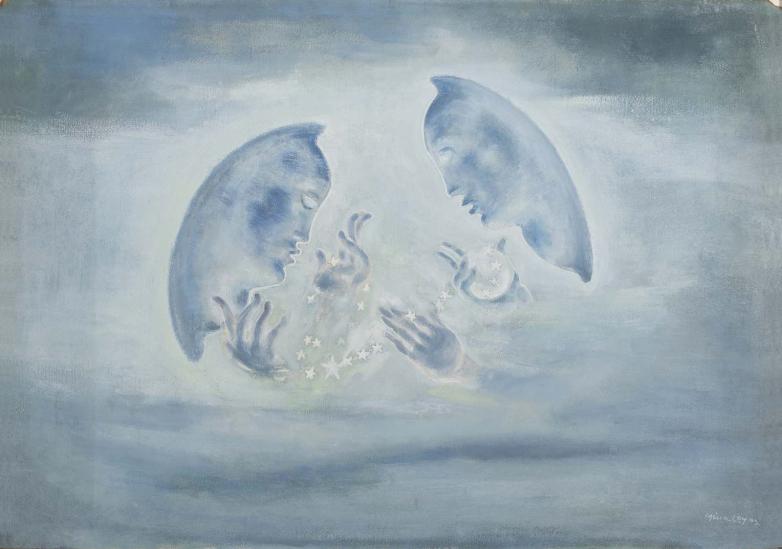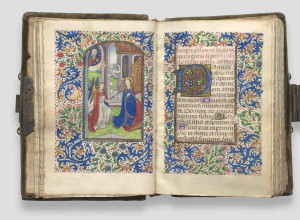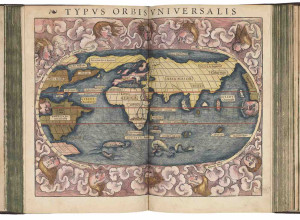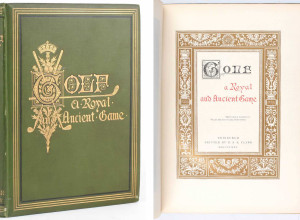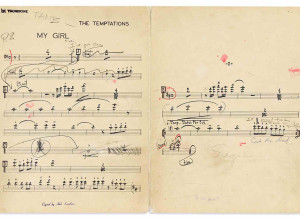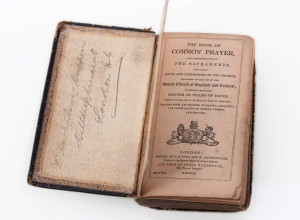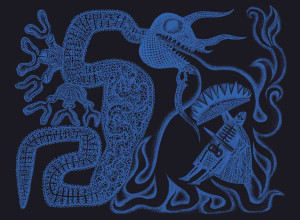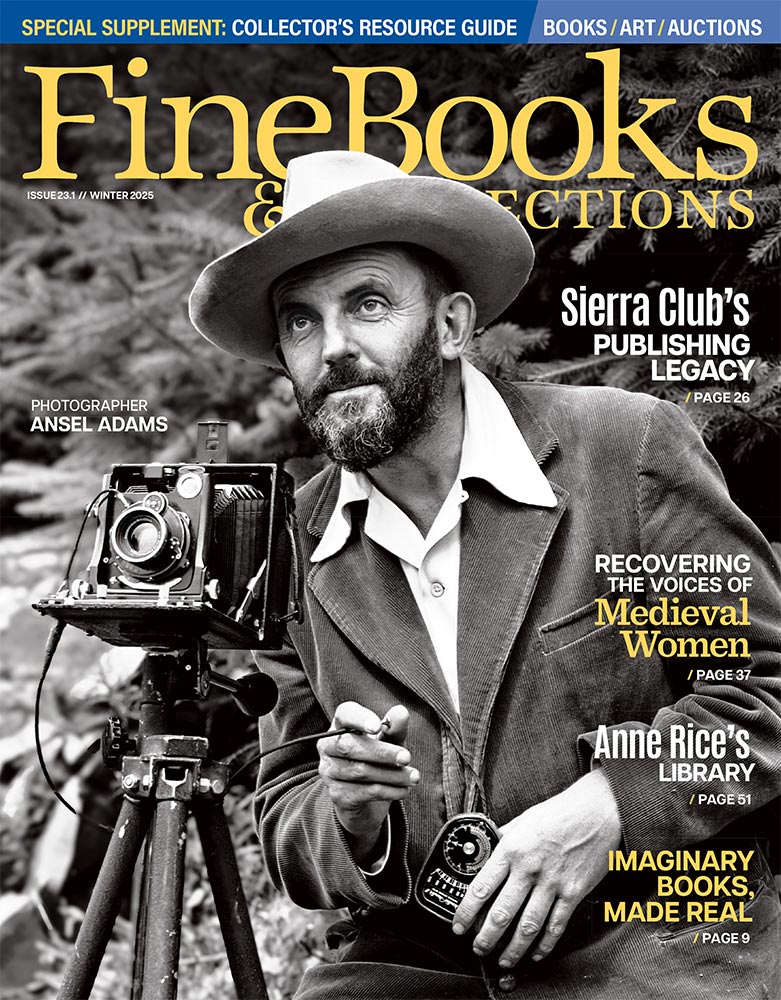Even though Loy developed a powerful body of visual art - one that was admired by contemporaries such as Marcel Duchamp, who curated a show of her work in 1959 - no comprehensive exhibition has addressed the visual production of this exceptional modernist.
Curated by Jennifer R. Gross, over 60 paintings, drawings, constructions, designs, inventions, and original publications of poetry by Loy through the course of her life will be united to reveal Loy’s omnivorous creativity as an image-maker, author, and cultural arbiter. These pieces are complemented by selected artworks by her friends and associates including Berenice Abbott, Joseph Cornell, Man Ray, Umbo, and Beatrice Wood.
These remarkable objects, drawn from close to a dozen institutional and private collections, will be complemented by extensive, never-before presented, archival materials. A scholarly catalogue featuring contributions from Gross, MacArthur Foundation and Guggenheim Foundation fellow poet Ann Lauterbach, Surrealist scholar Dawn Ades, and Roger Conover, executor of Loy’s literary estate, will be published by Princeton University Press to accompany the exhibition. The show will be on view from April 6 to September 17, 2023.
“We are honored to give Mina Loy her due as an important artist, a catalyzing figure in European and American modernism, although like so many women artists of this period her visibility was often overshadowed by men,” said Anne Collins Goodyear, co-director of the museum. “Loy is sometimes difficult to categorize and has come in recent years to be celebrated for her free verse poetry, yet she was also a prolific and immensely creative visual artist. Through her visual art, designs, poetry, letters, photographs, inventions and patents, visitors will deeply get to know this bold and revolutionary woman.”
Mina Loy: Strangeness is Inevitable will trace the development and course of the artist’s incisive critical perspective as it infiltrated, cross-pollinated, and honed the ambition of the literary and artistic avant-gardes of France, Italy, Germany, and America in the first half of the twentieth century. The show will demonstrate that Loy was an indispensable force in introducing Italian Futurism to America, radicalizing the aspirations of feminism, expanding the aesthetics of Surrealism, and presaging American Pop art through her assemblage constructions - all the while defying entrenched literary decorum and forever altering the breath and cadence of modern verse.
Images of Loy taken by her friends Man Ray, Lee Miller, and George Platt Lynes are interspersed in the galleries with letters to and from art world visionaries like Gertrude Stein, Peggy Guggenheim, Marcel Duchamp, and Carl van Vechten.
Organized chronologically, the works in this show tell the story of her life as an artist and poet. The exhibition starts with works from her childhood, her years spent as a student in Paris beginning in 1902, and her decade in Florence starting in 1906, highlighting her youthful watercolors of dresses and fashionable women and graphite sketches, including self-portraits.
Further segments of the show explore her times in New York, first from 1916 to 1917 and again from 1920 to 1921, where she met and became friends with fellow artists like Man Ray and drew portraits of companions such as Man Ray and poet Marianne Moore. Literary journals featuring her poetry are also included, as well as books and newspaper clippings, many of which highlight her long relationship with her husband, the boxer and poet Arthur Cravan. Drawings by Beatrice Wood reflect the couple’s powerful connection.
Her time in Paris is highlighted by her inventions, photos of which are counted in the exhibition, including creative lamps with unique shades like the Swan Lamp Shade (c. 1927), an intricate Globe Lamp (c. 1925), and a stunning Calla Lily Vase Lamp (c. 1927), which mimics a vase of flowers with tiny bulbs in the center of each bloom. The following section, spotlighting her 1933 exhibition at the Levy Gallery includes her most Surrealist paintings and sketches, including snail-human hybrids in The Bewitched (Fallen Angels) (c. 1928), and otherworldly, mystic scenes like the oil painting Drift of Chaos VI (Butterfly Woman)(1934).
Additional works on paper range from portraits and studies of friends and family. Ever nurturing her creative vision, Loy sketched her inventions—both practical and whimsical—including knitting needles with measurements on them (1946) and a curtain inspired by aviation (c. 1940)—the design drawings for which are included in the exhibition.
The final portion of the exhibition includes her large-scale mixed media assemblages made in Aspen, where she spent the last 13 years of her life. Sander Gear (1955) is one of these works, featuring four large circles with concentric cut outs, lightly colored in blue and red, which pull the viewer into the middle.
“This exhibition will expand current considerations of Loy as a noted poet, author, and artistic muse and restore her to the full stature of regard she was held in by her peers as a formidable intellect and artist,” said Gross. “It also reveals that Loy can arguably be credited with introducing Italian futurism to America, radicalizing the aspirations of feminism, expanding the aesthetics of Surrealism, and presaging American pop art in her late assemblage constructions, all the while violating entrenched literary decorum and forever altering the breath and cadence of modern verse. The astonishing arc of Loy’s creativity presented in the exhibition mediates the mythology that has built up around her to disclose the real enigma that was Mina Loy.”

